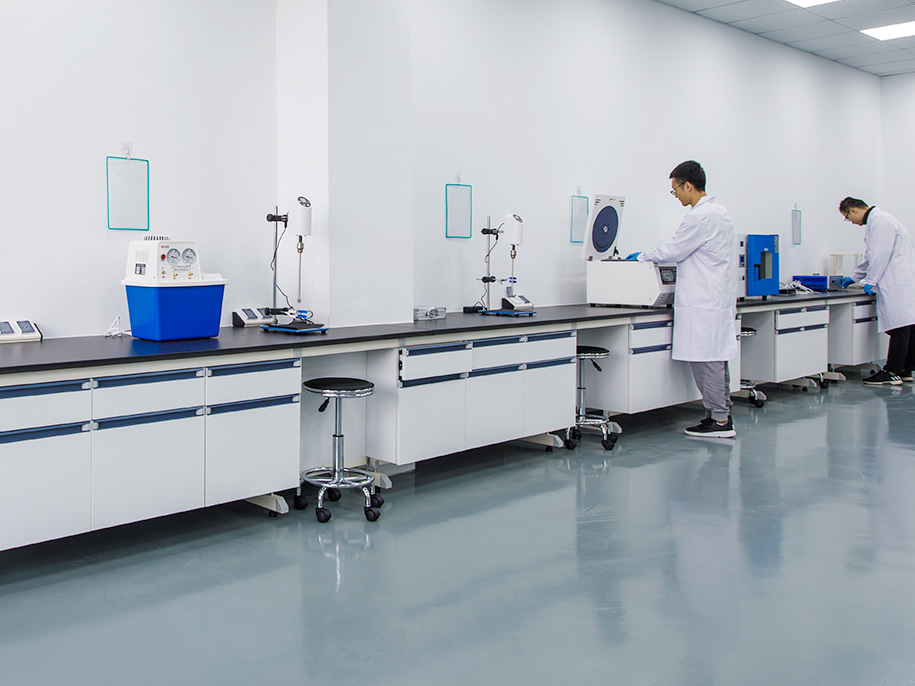Graphite: Powering the Green Revolution
Graphite, a crystalline form of carbon, has emerged as a critical material driving the green revolution. Its unique properties, such as high electrical conductivity, thermal stability, and strength, make it indispensable in a variety of cutting-edge applications. From renewable energy systems to electric vehicles (EVs), graphite is playing a vital role in advancing sustainable technologies and reducing our reliance on fossil fuels. This article explores how graphite is powering the green revolution and why its significance will continue to grow in the coming years.
The Importance of Graphite in Renewable Energy
Renewable energy technologies are essential for achieving a sustainable future, and graphite is a key component in several of these technologies. Here are some of the primary ways graphite is utilized in renewable energy:
1. Lithium-Ion Batteries
Lithium-ion batteries are the backbone of renewable energy storage solutions and electric vehicles. Graphite is used as the anode material in these batteries due to its excellent ability to store lithium ions. This property allows lithium-ion batteries to have high energy density, long cycle life, and efficient charge/discharge rates.
- Energy Storage Systems:Renewable energy sources like solar and wind are intermittent, meaning they do not produce energy consistently. Energy storage systems that use lithium-ion batteries can store excess energy generated during peak production times and release it when production is low, ensuring a stable power supply.
- Electric Vehicles (EVs):The performance and range of EVs are significantly influenced by the efficiency of their batteries. Graphite’s role in lithium-ion batteries helps improve the energy density and longevity of EV batteries, making electric vehicles more viable and attractive to consumers.
2. Fuel Cells
Fuel cells are another promising technology in the renewable energy sector, converting chemical energy from fuels like hydrogen into electricity. Graphite is used in several components of fuel cells, including bipolar plates, which are essential for the efficient operation of the cell.
- Bipolar Plates:These plates, often made of graphite composites, conduct electricity, manage heat, and facilitate the flow of gases within the fuel cell. Graphite’s thermal and electrical conductivity, along with its corrosion resistance, make it an ideal material for this application.
3. Wind and Solar Power
Graphite is also used in various components of wind turbines and solar panels, contributing to the efficiency and durability of these renewable energy systems.
- Wind Turbines:Graphite composites are used in the construction of wind turbine blades, providing the necessary strength and lightweight properties to withstand harsh environmental conditions and improve energy capture efficiency.
- Solar Panels:Graphite is used in the production of silicon crystals, which are a key component of photovoltaic (PV) cells in solar panels. High-purity graphite molds are used to cast silicon into the wafers that form the PV cells, ensuring the quality and efficiency of solar panels.
Graphite in Electric Vehicles (EVs)
The electric vehicle market is expanding rapidly, driven by the need to reduce carbon emissions and dependence on fossil fuels. Graphite is a crucial material in the manufacturing of EVs, impacting both battery performance and other vehicle components.
1. Battery Technology
As mentioned earlier, graphite is a primary material in the anodes of lithium-ion batteries. The demand for high-performance batteries is pushing the development of advanced graphite materials that can enhance the energy density, lifespan, and charging speed of EV batteries.
- Synthetic vs. Natural Graphite:Both synthetic and natural graphite are used in battery production. Synthetic graphite, produced from petroleum coke, offers higher purity and consistency, while natural graphite, mined from the earth, is more cost-effective. Research is ongoing to improve the performance and sustainability of both types of graphite for battery applications.
2. Lightweight Materials
Graphite composites are increasingly used in the construction of EV components, helping to reduce the overall weight of the vehicle without compromising strength and safety.
- Body Panels and Structural Components:The use of graphite-reinforced composites in body panels and structural components can significantly reduce the weight of the vehicle, enhancing its energy efficiency and range.
- Brake Systems:Graphite is also used in brake systems, where its high thermal conductivity helps manage the heat generated during braking, improving performance and safety.
Environmental Impact and Sustainability
The role of graphite in powering the green revolution extends beyond its technical applications. The mining, production, and recycling of graphite are also critical factors in its overall environmental impact.
1. Sustainable Mining Practices
The demand for natural graphite is growing, and with it, the need for sustainable mining practices. Ensuring environmentally responsible extraction methods, minimizing habitat disruption, and reducing the carbon footprint of mining operations are essential for the sustainable development of graphite resources.
- Eco-Friendly Extraction:Advanced techniques such as hydro-mining and the use of renewable energy sources in mining operations are being explored to make graphite extraction more sustainable.
- Reclamation and Restoration:Post-mining land reclamation and habitat restoration efforts are crucial for mitigating the environmental impact of graphite mining.
2. Recycling and Reuse
Recycling graphite from used batteries and other sources is becoming increasingly important. The process of recovering graphite from spent batteries and reusing it in new battery production can help reduce the demand for newly mined graphite and lower the overall environmental footprint.
- Battery Recycling:Efficient recycling processes for lithium-ion batteries are being developed to recover valuable materials, including graphite, cobalt, and lithium. These processes not only conserve resources but also prevent the environmental hazards associated with battery waste.
- Reprocessing and Refinement:Reprocessing and refining recycled graphite to meet the purity standards required for high-performance applications is a key area of research and development.
Future Prospects
The future of graphite in the green revolution looks promising, with ongoing research and technological advancements poised to unlock new potentials. Here are some of the emerging trends and future prospects for graphite:
1. Advanced Graphene Applications
Graphene, a single layer of carbon atoms derived from graphite, is gaining attention for its extraordinary properties. Graphene’s potential applications in energy storage, sensors, and composite materials could further enhance the role of graphite in the green revolution.
- Graphene Batteries:Researchers are exploring graphene-enhanced batteries that could offer even higher energy densities, faster charging times, and longer lifespans compared to traditional lithium-ion batteries.
- Supercapacitors:Graphene-based supercapacitors are being developed to provide rapid energy storage and discharge capabilities, which could complement existing battery technologies.
2. Enhanced Material Properties
Continued research into improving the properties of graphite materials, such as increasing their conductivity, thermal stability, and mechanical strength, will expand their applicability in various green technologies.
- Nano-Engineered Graphite:Advances in nanotechnology are enabling the development of nano-engineered graphite materials with tailored properties for specific applications, from high-performance batteries to advanced composite materials.
Conclusion
Graphite is undoubtedly a cornerstone of the green revolution, with its applications spanning renewable energy systems, electric vehicles, and beyond. As technology continues to evolve, the importance of graphite in driving sustainable development will only grow. By investing in research, promoting sustainable practices, and exploring innovative applications, we can harness the full potential of graphite to build a greener, more sustainable future.
Explore further on our website today to learn more about the fascinating world of graphite and its pivotal role in the green revolution.

